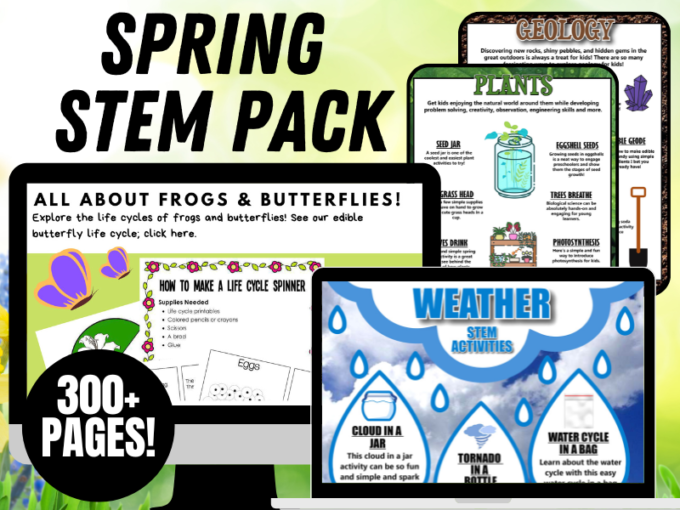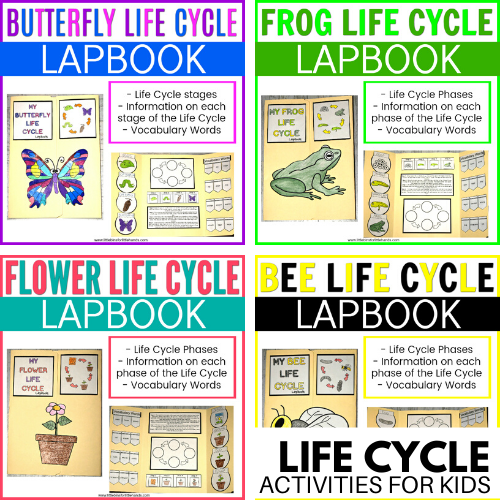Learn about the life cycle of a bee with this fun and free printable bee life cycle lapbook! This is such a fun activity to do in the spring. Find out some fun facts about honey bees and their life cycle with this printable activity. Pair it with this bee hotel activity for more hands-on learning!
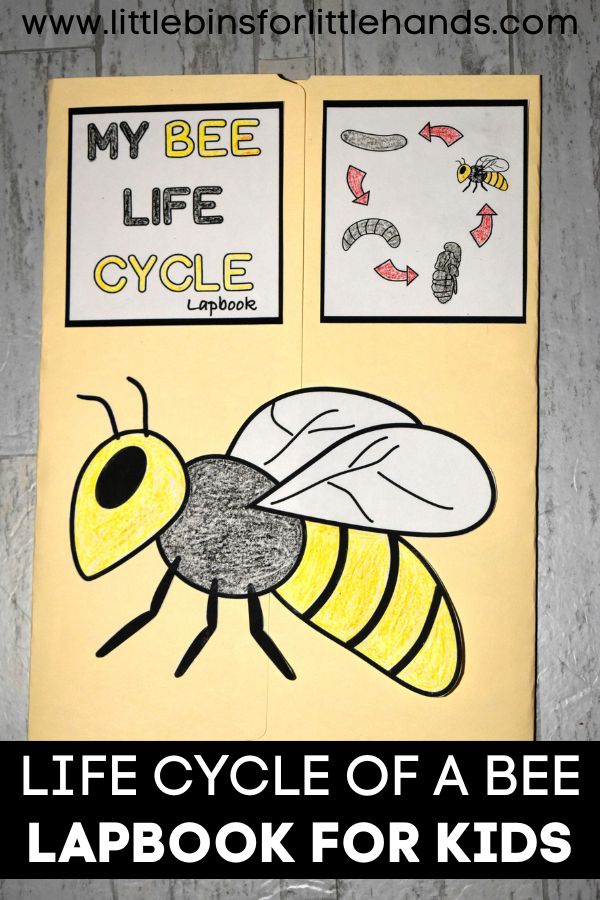
Explore Bees for Spring Science
Spring is the perfect time of year for science! There are so many fun themes to explore. Our favorite topics to teach kids about spring include weather and rainbows, geology, Earth Day, and plants and bees!
Learning about the life cycle of bees is a great lesson for the spring season. It’s the perfect activity to incorporate into learning about gardens, farms, and flowers!
Science about bees and pollinators can be hands-on; kids love it! In the spring, you can do all kinds of projects involving bees and flowers, including this printable life cycle of a bee lapbook project!
Also check out our flower crafts for kids!
Get outside and look for bees this spring! Their first food is often the dandelions found in your yard. Try to leave these flowers in your yard as long as possible. You could even mow around a patch, leaving a strip for the bees!
Check out more fun printable lapbook projects here!

Life Cycle of a Bee
Here are the four stages of a bee’s life cycle. The life cycle is the same for the three different types of bees in the colony, worker, drone and queen.
Eggs. The bee life cycle starts when the queen bee lays one egg in each honeycomb cell. A queen will lay about 1000 to 2000 eggs per day. How many eggs the queen lays depends on availability of food. In winter, in very cold areas, the queen will not lay any eggs.
Larva. The eggs develop into larvae and hatch after 3 to 4 days. The larva are long white grubs with no legs. They are fed by the worker bees for about five days, and then sealed off in the honeycomb cell.
Pupa. Once the larva spins into a cocoon, the pupa develops legs, wings, and eyes. This stage lasts about two weeks. It is shorter for the queen, longer for the worker bees, and most extended for the drones. When in the pupa phase, they cannot be fed by the workers.
Adult Bee. The pupa becomes an adult bee once it is fully developed. It develops into three different types of bees: worker, drone or queen. Worker bees become adults in 18 to 21 days. Drones require 24 days to mature and a queen bee can be produced in only 16 days!
Also check out our edible butterfly life cycle activity!
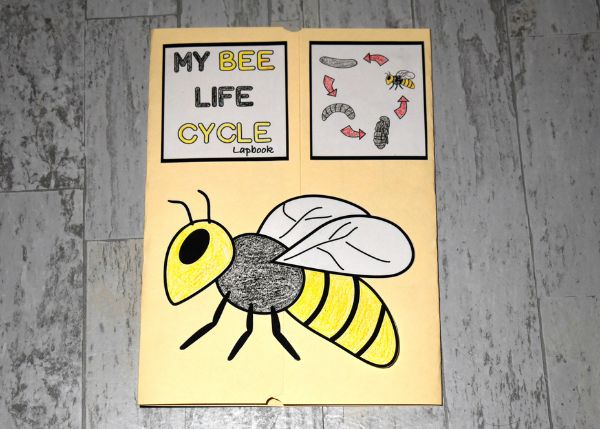
Honey Bee Life Cycle Lapbook
With this free printable life cycle lapbook students will learn all about bees in an interactive way. Information covered in this printable activity book include:
- The life cycle of bees.
- Facts about each phase of the life cycle.
- Honey Bee life cycle diagram.
- Vocabulary words and definitions related to the life of bees.
Use the printables from this pack (free download below) to learn, label, and apply the stages of the bee life cycle. Students can see the life cycle of bees and then can cut and paste (and color!) them to create an interactive lapbook!
More Fun Bee Activities
Looking for more bee activities to pair with these worksheets? Check out this Bumble Bee Craft made from a paper roll and this simple bee house you can make for real bees to make a home in!
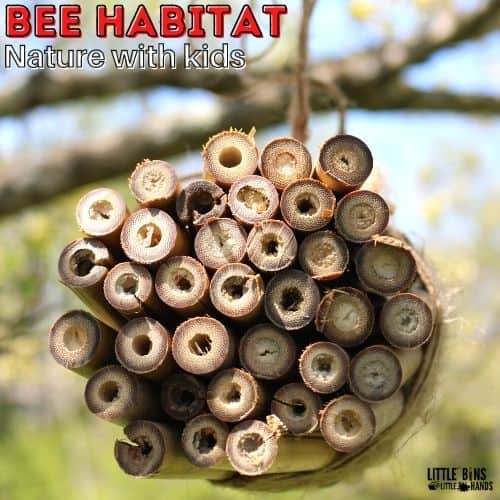

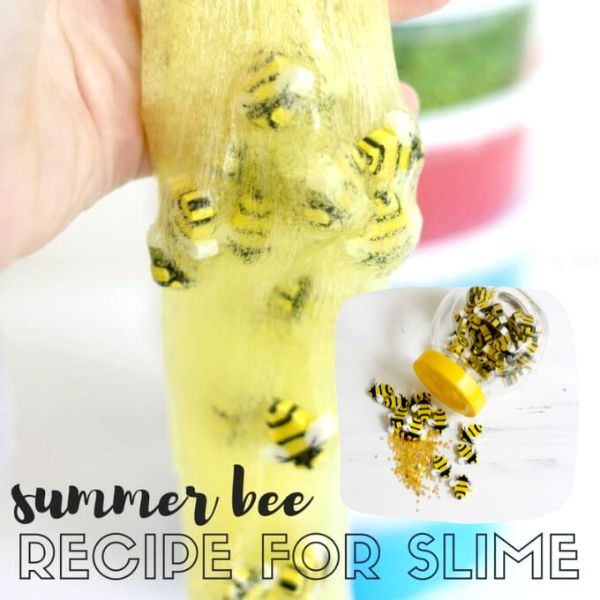
Bee Facts For Kids
Who doesn’t love delicious, sweet honey? Learn more about honey bees and how they produce the honey we enjoy!
First, bees have a super important role as pollinators for flowering plants. Bees transfer pollen between the male and female parts of a flower, which helps plants to grow seeds and fruit. Learn more about the parts of a flower! They also collect the nectar from flowers, as food.
Bees live in hives or colonies. There are three types of bees living within a hive, and they all have different jobs.
Queen: One queen bee runs the whole hive. Her job is to lay eggs that will produce new bees for the colony. A queen lives for 2 to 3 years, and over that time she will lay more than 1 million eggs.
If the queen bee dies, workers will create a new queen by selecting a young larva (see the bee life cycle below) and feed it a special food called royal jelly. This helps the larva to develop into a fertile queen.
Workers: These bees are all female and their role is to look for food (pollen and nectar from flowers), and build and protect the hive. The honey bees you see in your backyard will be worker bees. Worker bees live for around 6 weeks in summer, though they can live longer in winter when there is less food to collect.
Drones: These are the male bees, and their purpose is to mate with the new queen, after which they die. Several hundred live in each hive during the spring and summer. During winter, when the queen is not laying, the drones are not needed. Drones live for an average of 55 days.
More Fun Bug Activities
Combine this honey bee project with other hands-on bug activities for a fun spring lesson in the classroom or at home. Click on the links below.
- Build an insect hotel.
- Explore the life cycle of the amazing ladybug.
- Create a fun bumble bee craft.
- Enjoy hands-on play with bug theme slime.
- Make a tissue paper butterfly craft.
- Make an edible butterfly life cycle.
- Make this simple ladybug craft.
- Make playdough bugs with printable playdough mats.
Life Cycle Lapbooks
We have a fantastic collection of ready-to-print lapbooks here that include everything you need for spring as well as throughout the year. Spring themes include bees, butterflies, frogs, and flowers.
Printable Spring Pack
If you’re looking to grab all of the printables in one convenient place plus exclusives with a spring theme, our 300+ page Spring STEM Project Pack is what you need!
Weather, geology, plants, life cycles, and more!
